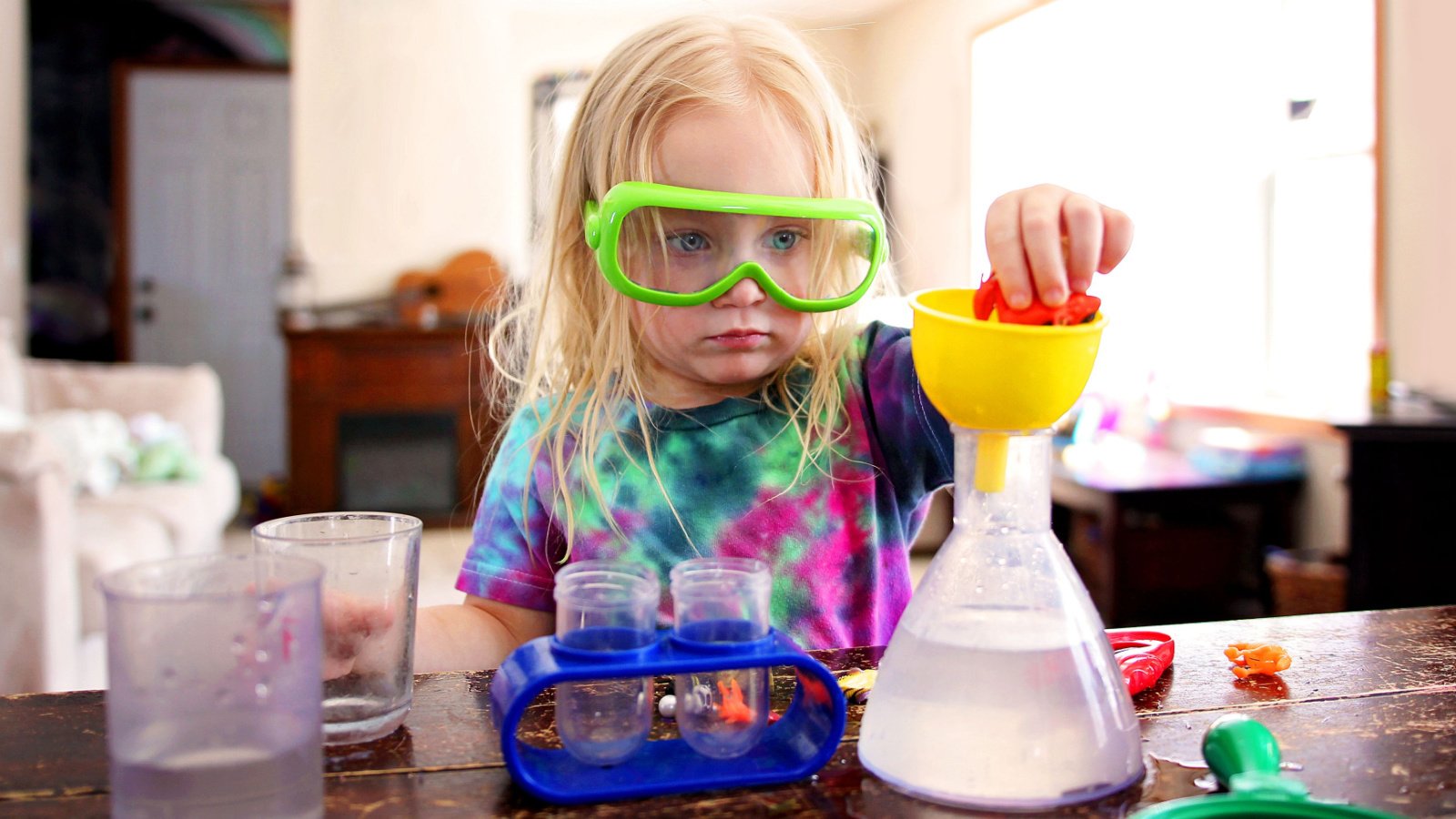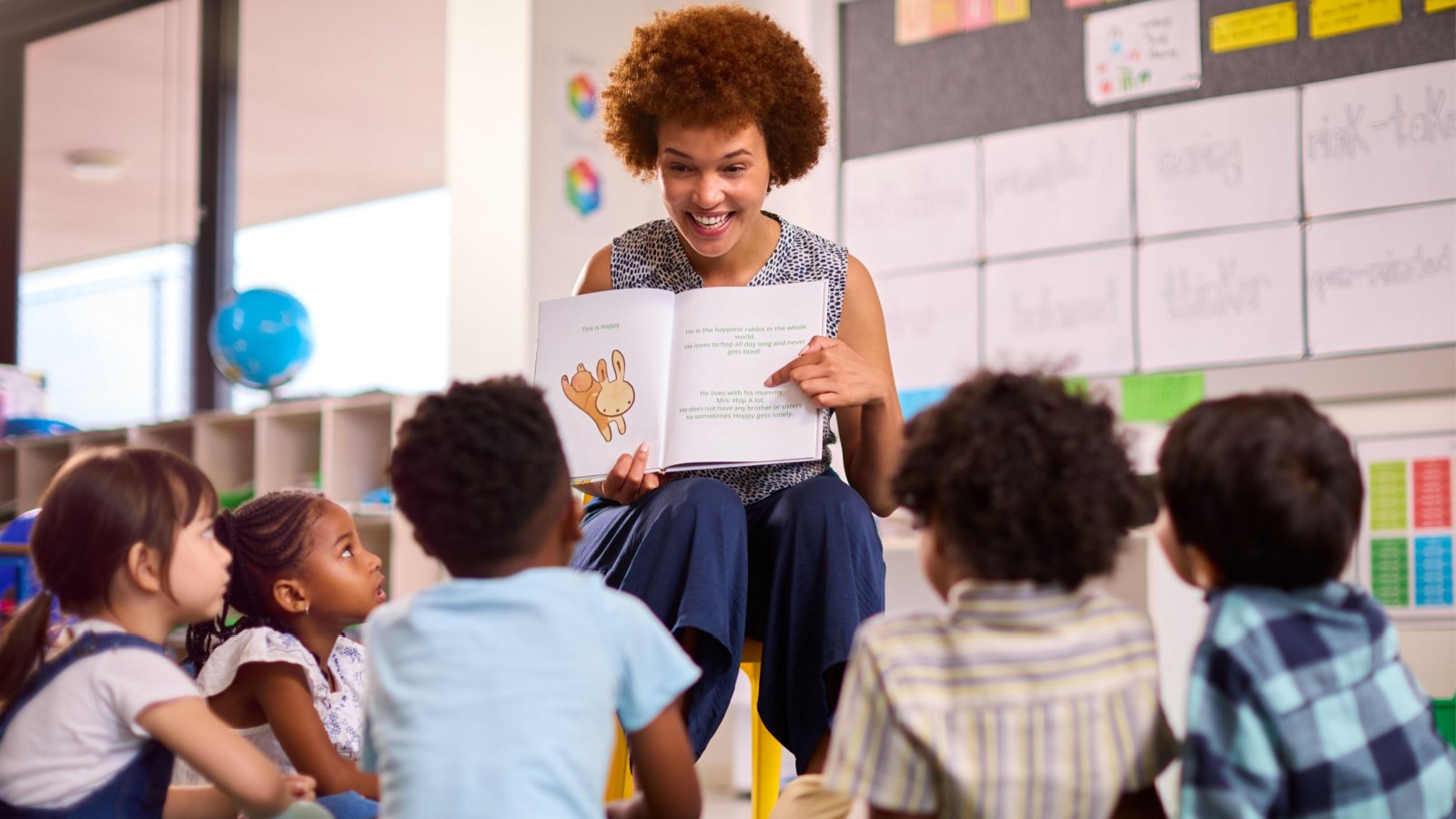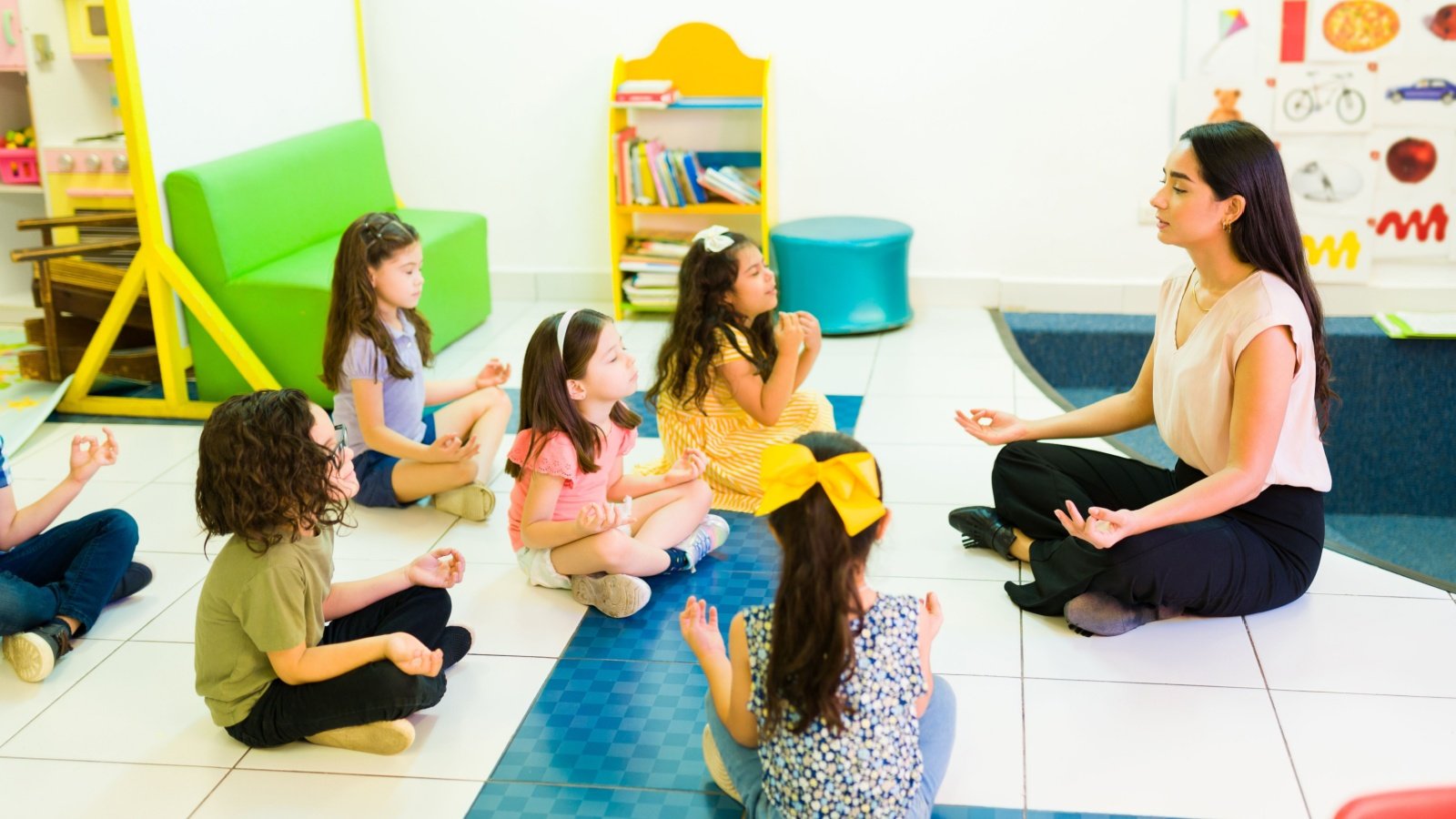Many aspects of our traditional education system have stayed the same, leaving students with skills and knowledge that don’t match up with real-life needs. Some subjects and methods once important are now outdated or irrelevant. The gap between what students are taught and what they need can be frustrating and confusing.
A recent study showed that almost 60% of students feel that much of what they learn in school won’t help them in their future careers or daily lives.
Let’s explore specific areas of the curriculum that no longer serve today’s students and how education could be better aligned with the realities of the modern world.
Standardized Tests

The heavy focus on standardized testing stifles creativity and critical thinking among students. More progressive assessment methods provide a fuller picture of a student’s capabilities and development.
Physical Education

The traditional model of Physical Education, focusing on competitive sports, is alienating for non-athletic students. To encourage a healthier lifestyle, shifting towards activities promoting lifelong fitness and well-being could be more beneficial.
Complexity in Writing

Teaching overly complex writing styles in early education is counterproductive. Encouraging clear and concise expression from the start fosters better communication skills. Simplicity in writing often leads to greater clarity of thought.
Periodic Table

Essential for chemistry, the memorization of all elements in the periodic table overwhelms students. A focus on its application in real-life scenarios makes learning more meaningful. Understanding chemical reactions in everyday products could prove more engaging.
Modern History

Curriculums focus heavily on ancient and modern European history at the expense of more contemporary global issues. Incorporating recent history and current events makes learning relevant and engaging.
Art Classes

Art education is undervalued and underfunded in many school systems. Integrating art with other subjects enhances creativity and critical thinking across the board.
Learning Styles Debunked

Contrary to popular belief, the idea that people are strictly visual, auditory, or kinesthetic learners has been debunked by numerous studies. Education experts argue this misconception leads to unnecessary compartmentalization in teaching methods. It’s more effective to use a combination of all sensory inputs to enhance learning.
Cursive

Once a staple in elementary education, cursive writing is fading into obsolescence in the digital age. Many argue it’s not essential given the prevalence of typing and voice-to-text technology. Some educators hold on to it as a tool for developing fine motor skills.
Pluto

In 2006, Pluto was officially reclassified as a dwarf planet, yet some curriculums have struggled to update this change. This outdated information confuses students when they encounter current astronomical classifications. Keeping up-to-date with scientific consensus is crucial in education.
Memorization of Dates

History classes often emphasize memorizing specific dates, overshadowing the importance of understanding broader historical movements and impacts. Focusing on rote learning detracts from developing a deeper connection with the material. Engaging with the “why” and “how” of history sparks more interest and retention.
Advanced Math

Calculus serves as a fundamental building block in various scientific fields, but its practical application is limited for most people. This leads to frustration among students who fail to see its relevance to their everyday lives.
Diagramming Sentences

Diagramming sentences in English class is declining as educators question its practicality in improving writing skills. It serves more to confuse rather than clarify sentence structures for students.
Literature

Classic literature, though valuable, may not resonate with the modern experiences of students. Introducing contemporary works that reflect current societal issues fosters a greater love for reading.
Technology Skills

Classes that teach specific, soon-to-be-outdated software or programming languages leave students behind the technological curve. Emphasizing principles of technology and adaptability prepares students better for the future.
Group Projects

Group projects are intended to teach collaboration, but poorly structured projects lead to uneven work distribution and frustration. Designing projects that reflect teamwork and individual accountability enhances their effectiveness. Real-world collaboration skills require real planning and reflection.
Food Pyramids

The food pyramid, once a staple in nutrition education, has been replaced by more nuanced dietary guidelines. Teaching outdated models leads to confusion about healthy eating habits. An updated approach to nutrition education is necessary for fostering lifelong healthy choices.
Quadratic Formula

Learning the quadratic formula without context is a mystifying experience for students. Showing practical applications, like in engineering and economics, illuminates its usefulness. Mathematics should be taught as a tool to solve real-world problems.
Scientific Method

While the scientific method is taught, the reasoning behind each step is not thoroughly explained. Students benefit from understanding how these methods apply to everyday problem-solving. Turning the scientific method into a practical tool can spark innovation.
Health Classes

Health education fails to address the specific and varied needs of students, sticking to generic advice. Tailoring health classes to address mental health, digital safety, and nutrition has a lasting impact.
Iambic Pentameter

Focusing strictly on structures like iambic pentameter in poetry detracts from the enjoyment and understanding of the text. Exploring the emotions and historical context behind poems offers deeper insights.
Geography

The memorization of capitals and places in geography classes often lacks a connection to cultural or political significance. Integrating geography with current events or global issues makes the subject more relevant and interesting.









Sie können einen 100% Bonus und Freispiele erhalten, wenn
Sie ab nur €20 einzahlen. Melden Sie sich noch heute bei Bull
Casino an und erhalten Sie einen 200% Bonus bis zu €5.000
sowie bis zu 250 Freispiele auf Pragmatic Play Slots mit Ihrer ersten Einzahlung.
Zusätzlich können Sie einen 200% Ersteinzahlungsbonus und
100 Freispiele am Slot „The Dog House“ von Pragmatic Play beanspruchen, wenn Sie
€20 oder mehr einzahlen. Melden Sie sich im Leon Bet Casino
an und sichern Sie sich exklusiv für neue deutsche
Spieler einen Bonus von 50 Freispielen ohne Einzahlung.
Melden Sie sich noch heute bei Jackpot Frenzy Casino an, und Sie können einen 100% Match-Bonus bis zu 500 €,
200 Freispiele und einen kostenlosen Bonus Crab mit Ihrer ersten Einzahlung erhalten.
Wir haben es Ihnen leicht gemacht, Ihre Freispiele anzufordern und zu spielen, um einen reibungslosen Ablauf zu gewährleisten.
Dies trifft vor allem dann zu, wenn du im Casino ohne einzahlen an den Tischspielen Platz nimmst.
Diesen kannst du oftmals zusammen mit weiteren Einzahlungsboni nutzen. In anderen Fällen sicherst du dir die Bonusgelder und Freispiele durch wöchentliche oder monatliche
Aktionen ganz automatisch. So kannst du einen Casino Anmeldebonus ohne Einzahlung allein für die Registrierung erhalten. Du erhältst den Gegenwert oftmals auch in Freispielen, so dass zum Beispiel 50 Freespins á 0,20 €
mit einem Gesamtwert von zehn Euro verbunden sind.
References:
https://online-spielhallen.de/posido-casino-bewertung-ein-tiefenblick-fur-spieler/
Freispiele ohne Einzahlung sind ein Bonus,
bei dem ihr eine bestimmte Anzahl an kostenlosen Spins auf Online-Slots erhaltet.
Einen ohne Einzahlungsbonus und dazu noch ein Bonus ohne Umsatzbedingungen, das
werdet ihr sehr selten sehen. Manchmal beinhaltet
der erste Teil des Pakets einen Einzahlungsbonus, während der zweite Teil kostenlose Boni enthält.
Der Bonus kann nur einmal pro Installation der App erhalten werden. Für
alle die noch keine OnlyWin Casino-App installiert haben,
gibt es 20 No-Deposit Freispiele zum Slot 777 Fruity Classic von 3Oaks.
Sowohl der Bonus als auch die Freispielgewinne müssen innerhalb von 30
Tagen mindestens 50-mal umgesetzt werden.
Wir stellen dir jetzt die Möglichkeiten vor, wie du entsprechende Angebote für den besten neuen Online Casino Neukundenbonus ohne Einzahlung erhältst und erklären dir alle wichtigen Details
hierzu. Danach geht es weiter mit einem 100 % Einzahlungsbonus
bis zu 100 Euro. Klick dich über den folgenden Button zu Wunderino,
um jetzt deinen Willkommensbonus zu nutzen. Dieser beste online Casino Bonus ohne Einzahlung ermöglich es das Casino und die Automaten ohne Risiko kennenzulernen.
Aktuell bietet Wunderino 50 Freispiele an, die ohne Einzahlung genutzt werden können.
References:
https://online-spielhallen.de/die-mobile-leon-kasino-app-ihr-glucksspielportal-fur-unterwegs/
Einige Krypto-Casinos bieten ebenfalls die Möglichkeit, ohne Anmeldung zu spielen. Ich habe euch die besten online
Casinos ohne Verifizierung zusammengetragen, bei denen ihr ohne
Identitätsnachweis spielen könnt. Hierfür bieten Onlinecasinos ohne Verifizierung mehrere Möglichkeiten der individuellen Kostenkontrolle und der Spielzeitkontrolle.
Für euch als Spieler bedeutet das, dass ihr lediglich
euer Konto erstellen müsst und direkt spielen könnt, ohne
euch vorher per Video-Identifizierung mit euren persönlichen Ausweisdaten legitimieren zu lassen. Es gibt jedoch einige
lizenzierte Websites, auf denen Sie legal spielen können, obwohl die Anzahl der Spiele stark eingeschränkt und Online-Poker verboten ist.
Allerdings ist es wichtig, seriöse und lizenzierte Plattformen zu
wählen, um ein sicheres Glücksspielerlebnis zu garantieren.
4-in-1 Bonus bis 1000 € + 600 Freispiele + Geheimbonus Mit
Echtgeld spielen ohne Verifizierung Rund um die Uhr ohne Einschränkungen spielen In den Casinos ohne Verifizierung finden Sie
eine Vielzahl von Spielautomaten, Kartenspielen und Tischspielen. Daher sollten die Spieler besonders vorsichtig sein, wenn sie im Internet spielen. Dies ist einer der Gründe, warum
sich die Deutschen an Casinos ohne Verifizierung wenden,
wo sie in aller Ruhe spielen können.
Um das Willkommenspaket zu erhalten, muss Ihre Einzahlung mindestens
20 EUR betragen. Einmal erhalten, müssen die Free Spins verwendet
werden, bevor der Spieler andere Wetten platziert. Mitglieder
können den Bonus nicht erhalten, wenn sie den Bonuscode bei ihrer Einzahlung
nicht eingeben.
References:
https://online-spielhallen.de/boaboa-casino-bonus-code-ihr-ultimativer-leitfaden/